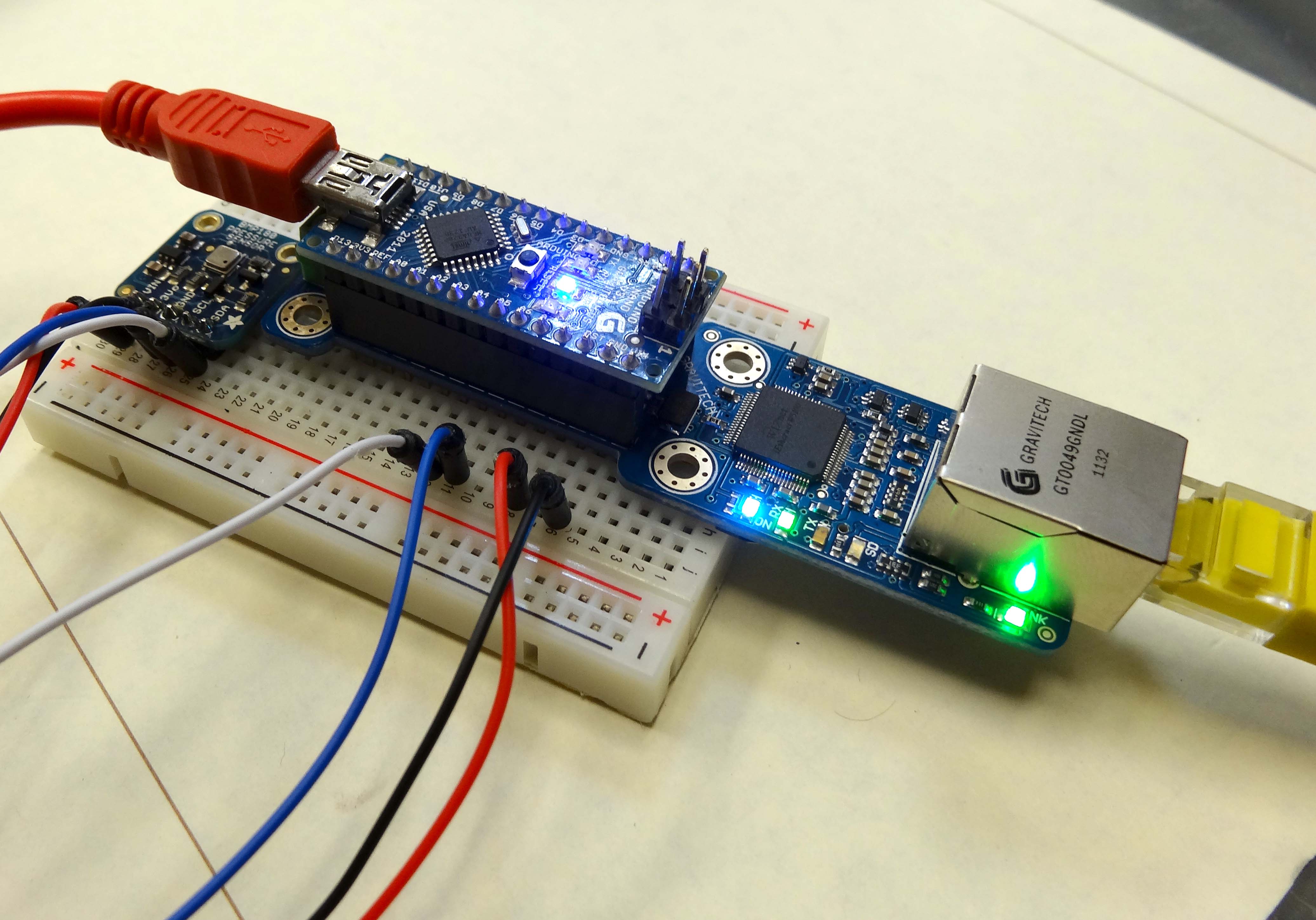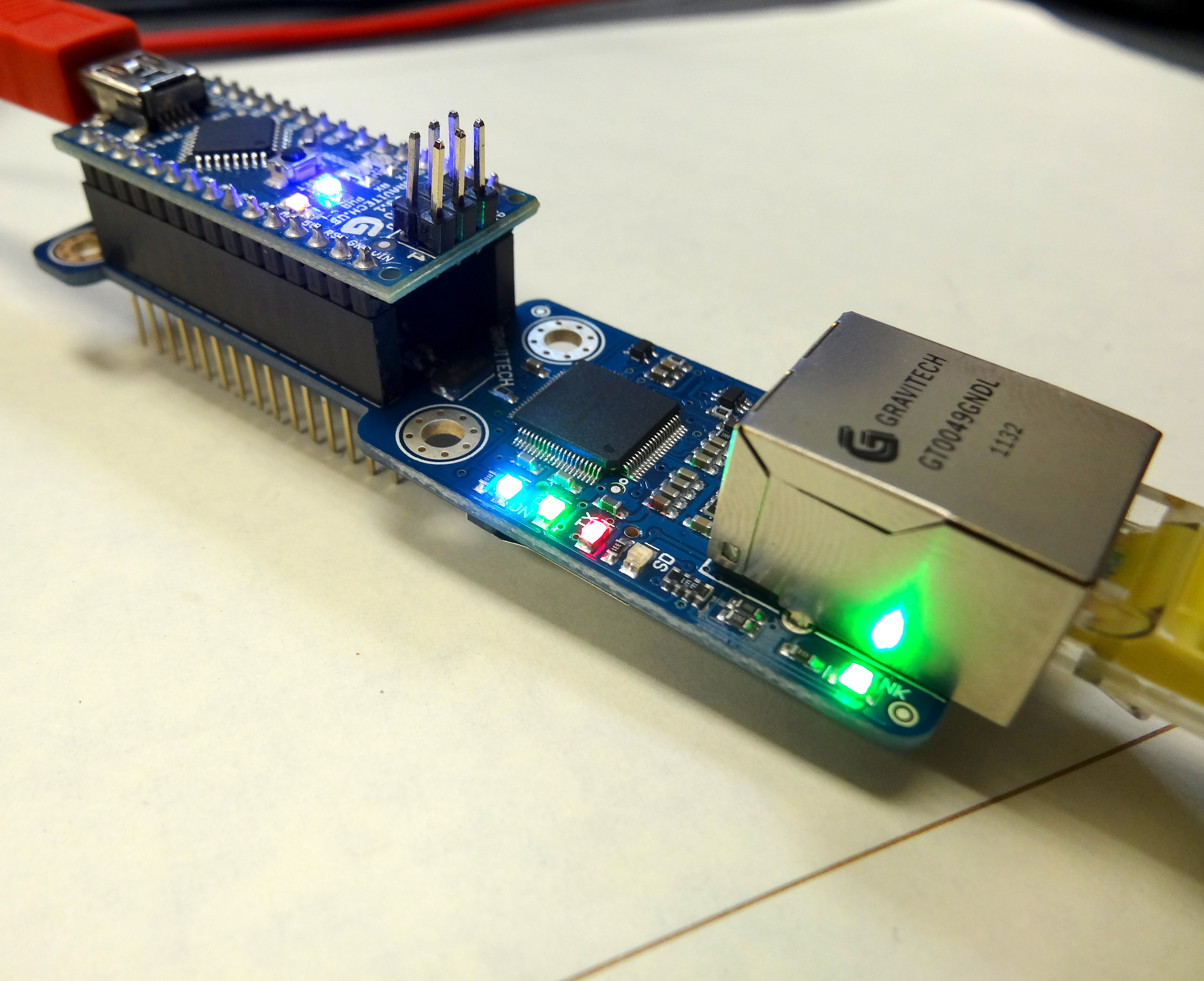In LESSON 1 we described the gear you would need to work with the Raspberry Pi. At this point you should have the equipment in and be ready to go. In this lesson we will show you how to get your pi up and running. The first thing you are going to need to do is to format your SD card. Please note that you SHOULD NOT use the standard windows formatting routine. You need to download the SD association card formater. You can get the latest version HERE. At the bottom of the page accept the terms, and the download should begin. After downloading, click the file and installation should begin. After installation, the program can be used to properly format your SD card.
After you have formatted your card, the next thing is to download the operating system for the pi. The easiest way to get started is to download the NOOBS system HERE. You can select the Download Zip link. After downloading the file, open the zip folder and remover the contents from the zip folder. You can put the contents into another normal folder that you name “NOOBS”. After you have extracted the contents from the ZIP folder onto the NOOBS folder, you are ready to move it to the SD card. You want to copy the CONTENTS of the NOOBS folder to your SD card. Do not copy the NOOBS folder itself to the SD card, just the contents.
You are now ready to boot your Pi. First, plug the SD card into your Raspberry Pi. Now connect a keyboard to a USB port, and then connect a mouse to a USB port. You can also connect an Ethernet cable if you like. The last thing to connect is the power. Note that you must be careful to NEVER remove the SD card while the Pi is powered up. This will corrupt the card. You should always properly shutdown the pi with Linux command “sudo shutdown” before removing power from the Raspberry pi. It is fairly easy to corrupt the SD card if you are not careful.
When you see the pi come to life, you will be asked what to install. Choose the Raspbian operating system, and then click install. It will take about an hour for it to install the operating system. After the installation is complete, it will offer you a menu of options on configuring the pi. For these lessons, we are going to use the Linux terminal to control the pi and learn Linux. We will go through the graphical user interface in later lessons, but for now we are going to learn Linux


